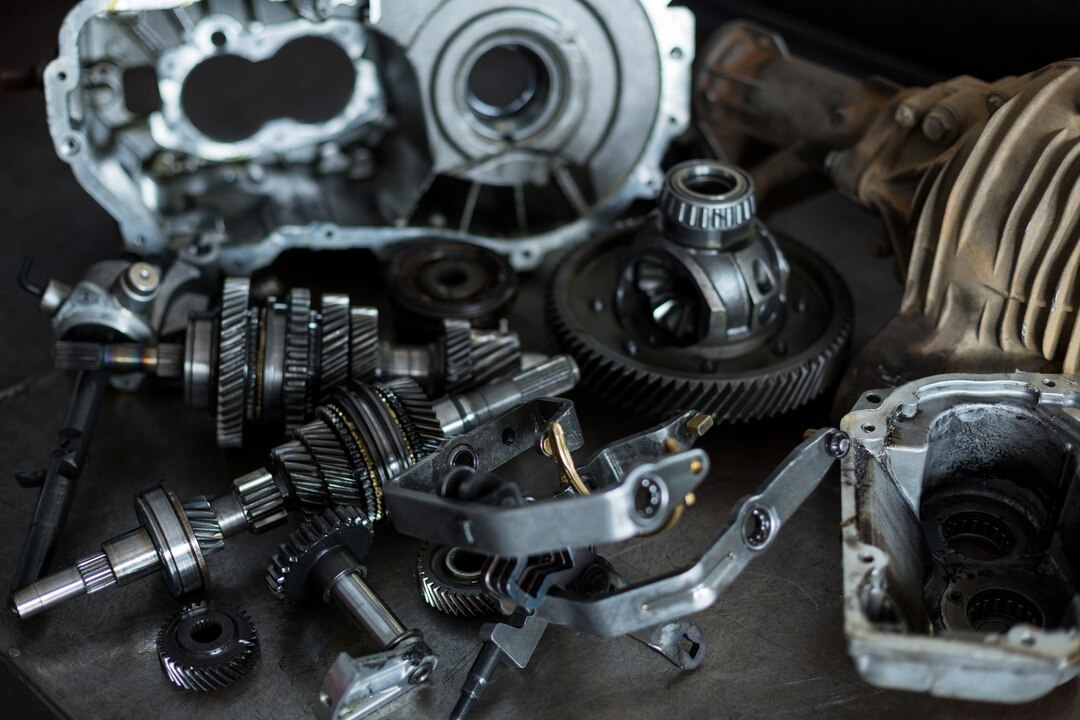The differential is a vital component of your vehicle’s drivetrain, responsible for transferring power from the engine to the wheels while allowing them to rotate at different speeds. Over time, wear and tear can take a toll on the differential, leading to potential issues that affect your car’s performance and safety. By recognizing the signs of a failing differential, you can address the problem promptly and avoid costly repairs down the road. Here are 10 signs that indicate your car’s differential may need replacement:
1. Whining or Humming Noise:
A whining or humming noise coming from the rear of the vehicle, particularly during acceleration or deceleration, can indicate worn bearings or gears within the differential.
2. Clunking or Clicking Sounds:
Clunking or clicking sounds when turning corners, especially at low speeds, may suggest worn or damaged differential gears or components.
3. Vibration or Shaking:
Experiencing vibration or shaking sensations, particularly at higher speeds or during acceleration, could indicate issues with the differential or worn out universal joints (U-joints).
4. Difficulty Steering:
Difficulty steering or a feeling of resistance when turning can be a sign of binding or locking within the differential, preventing the wheels from rotating smoothly.
5. Fluid Leaks:
Visible leaks of differential fluid, often characterized by a thick, oily substance near the differential housing or axle seals, may indicate a leak in the differential’s seals or gaskets.
6. Unusual Smells:
A burning smell emanating from the rear of the vehicle, especially after extended periods of driving or towing heavy loads, could indicate overheating or excessive friction within the differential.
7. Uneven Tire Wear:
Uneven tire wear patterns, such as cupping or feathering, may occur when the differential is not functioning correctly, causing the tires to wear unevenly due to improper alignment or excessive friction.
8. Drivetrain Slippage:
Experiencing drivetrain slippage, where the wheels spin excessively or lose traction during acceleration, may indicate a malfunctioning differential or worn differential clutch plates.
9. Dashboard Warning Lights:
Illumination of dashboard warning lights, such as the ABS (Anti-lock Braking System) or traction control light, may indicate a fault within the differential or related components.
10. Increased Fuel Consumption:
A sudden increase in fuel consumption, coupled with any of the aforementioned symptoms, may suggest that the differential is not operating efficiently, causing the engine to work harder to compensate for the loss of power transmission.
Recognizing the signs of a failing car differential is crucial for maintaining vehicle safety, performance, and longevity. If you experience any of the symptoms mentioned above, it’s essential to consult with a qualified mechanic or technician for a thorough inspection and diagnosis. Addressing differential issues promptly can help prevent further damage to your vehicle’s drivetrain and avoid costly repairs in the long run. By staying vigilant and proactive, you can keep your car running smoothly and enjoy a safe and comfortable driving experience on the road.











